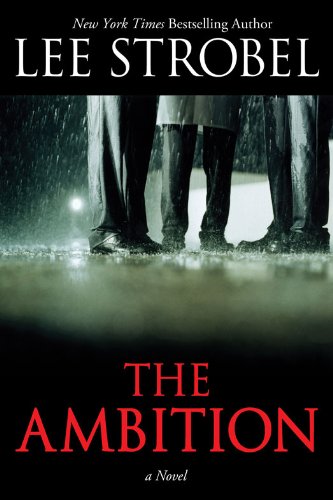I was born almost forty years after the ambush of the five missionaries seeking to reach out to the Waodani (known as Aucas at the time). By the time I heard about the story, I could also hear the rest of it. It’s hard to fathom how the story must have looked and felt back in 1956. And 1957. And 1967. And 1977.
How many times have we wished we could see the results of the surprises in our lives? How often do we long to understand the “why” behind the events God plans in our lives?
A lot. All the time.
For decades, little was known about what went down that day on a beach in Ecuador. Even though relatives of the slain missionaries eventually reached out to the Waodani and lived among them, bringing the gospel and its transforming power, the topic of that massacre was never mentioned. Missionaries feared that the Waodani would suspect they were simply looking for revenge if they started poking around for information.
Steve Saint was just five years old when his dad died. His aunt Rachel later lived among the tribe for decades, and Steve often spent summers with her—and the Waodani—starting when he was nine years old. He learned the language and knew many of the people. But it wasn’t until his aunt Rachel’s death from cancer that Steve finally heard more about his dad’s death.
As the Waodani opened up to him about that day, he learned that his father had been killed by Mincaye, now a respected Christian who treated Steve like his own son. Steve saw the men’s grief over that long ago ambush.
And he soon learned the story wasn’t over.
Stone Age warriors and modern-day realities
After Rachel Saint’s death, the Waodani asked Steve to come live with them. Technologically, Steve could help the tribe make big strides in adapting current knowledge to their daily lives in the jungle. But Steve could see that an even bigger problem than primitive living conditions threatened the Waodani: the tribe was in danger of losing their identity as a tribe because they allowed decisions to be made for them and they were beginning to grow dependent on outsiders’ help and gifts.
The martyred missionaries of 1956, and the pioneers Rachel Saint and Elisabeth Elliot, had laid the groundwork of guiding the Waodani tribe into a thriving, God-following people. Steve felt that his role was to guide them through their next challenges: relating to the rest of the world as an independent people group.
But through his time with the Waodani, an even greater purpose was soon revealed.

The next chapter of the story
Few stories equal this multigenerational epic of overwhelming transformation and redemption. Multiple books, documentaries, and movies have come out of the story of five men and a plane on a beach.
When a businessman approached the Waodani about making a movie of their story, the Waodani declined — at first. But after hearing about the tragedy at Columbine High School, they changed their minds. “That is just how we used to live, killing for no reason,” Steve records the tribe saying in his book End of the Spear. Mincaye added, “If the foreigners need to see how we lived before and how we live now so that they, too, can live in peace, I say yes.”
End of the Spear opened in theaters in 2006. It would seem that the story had now come full circle, with the a formerly unreached people group sharing their story as missionaries to another culture.
In his book End of the Spear, Steve reflects on his own personal wrestling with the story of the Waodani and the five martyred missionaries:
“I don’t think what happened to my dad and his four friends caught God by surprise…There are too many factors that all had to work together to have allowed the events to happen as they did. Too many for me to believe it was just chance. I have come to the conclusion that God did not look away. He did not simply allow this to happen. I think He planned it. Though this has not been an easy conclusion to come to, I believe it is the right one. I have personally paid a high price for what happened on Palm Beach. But I have also had a front-row seat as the rest of the story has been unfolding for half a century. I have seen firsthand that much good has come from it. I believe only God could have fashioned such an incredible story from such a tragic event…If I could go back now and rewrite the script, I would not change a single scene. I have come to understand that life is too complex and much too short to let amateurs direct the story. I would rather let the Master Storyteller do the writing.”
The Waodani story doesn’t end on a bloody beach. It didn’t end at the death of Rachel Saint, or when the most famous Waodani, Mincaye, passed away in April 2020. Honestly, it still hasn’t ended.
This incredible stories that spans generations has profoundly impacted the world, and it seems there is yet another truth illustrated by the Waodani: Our stories aren’t over yet.



Thank you, Lauren, for sharing with us this story of hope and of trust in the sovereignty of God. These are truths that we definitely need to hear today!
You’re so right. So thankful that no events will ever change that!